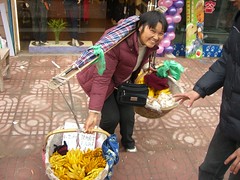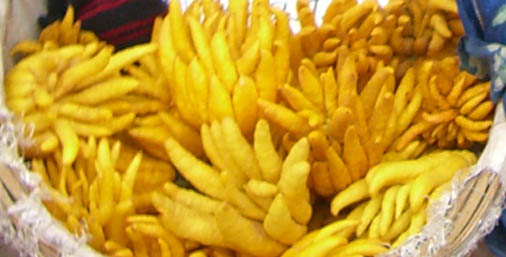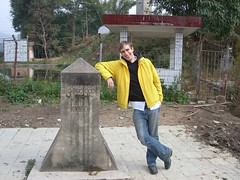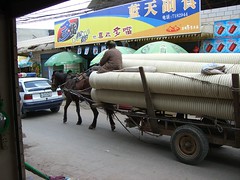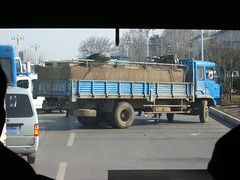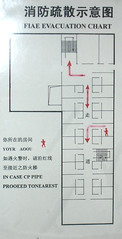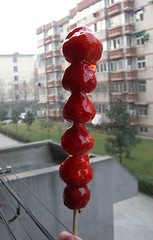Infrastructure
China's enormous. All the cities are massive. People refer to a town of one or two million as "small". This kind of population requires a fantastic transport system, and the powers hat be are well aware; massive areas to the north, south and east of Nanjing (there's a river to the west) are mainly incomplete, but already have a complex and advanced system of wide roads ready to take all the traffic produced when these areas are complete.
But that's not enough. The city centre is also under constant developement, and needs an infrastructure to match. As a result, new highways and high speed roads have been built to provide direct links for popular journeys. Where this isn't possible, tunnels are dug to connect highways and busy traffic centres. Since we've been here, a new 8-lane road has opened cutting north/south through the south east part of the city, which connects up to the end of Longpanzhonglu (lu, 路, being Chinese for "road"), a link to a major flyover just south of the city walls. And as if this wasn't enough, a tunnel is being dug underneath this new road, to be finished in February 2007. Hopefully this should relieve traffic flow in the south-east of the city!
It's interesting to see that the municipal authorities have no problems issuing orders for major roads to be built in already busy urban areas, despite the disruption it will cause. The sooner it's started, the sooner it should be finished, and people are expected to work around any problems - there's certainly enough alternative routes for most journeys, though they can become very convoluted. In December 2006, I took a taxi round the outskirts of the city, for about 20km, as the two main conventional ways of getting back into the city were blocked as a result of accidents in heavy fog at two already overladen junctions. Incidentally, one of these junctions has already been 'fixed' (as of mid-January) and is now a working twelve lane highway/tunnel intersection - they've built a 6-lane tunnel by the yellow square and following the yellow line to help transport traffic straight through the city centre.
Here are some shots of a nearby junction. I go along this route every morning (at about 7.30am, uurgh) as part of a commute to the remote campus of my uni, which is in Jiangning the new region of town to the South.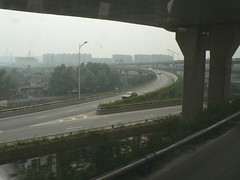
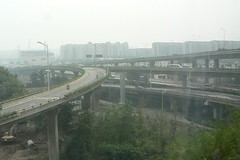
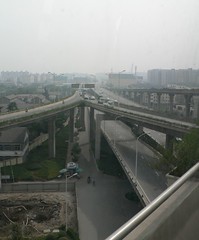
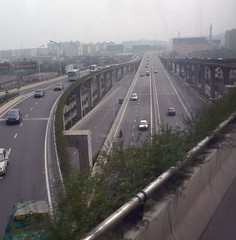
Also an aerial view. The photos document approaching from the left, looking south. The raised road going that looks horizontal is about 40m-60m above the ground (pretty high). - it's never very busy, but the area it leads to is still developing. It's much better to build the road before there's a traffic problem!
Click to see the relevant area on Google maps.
